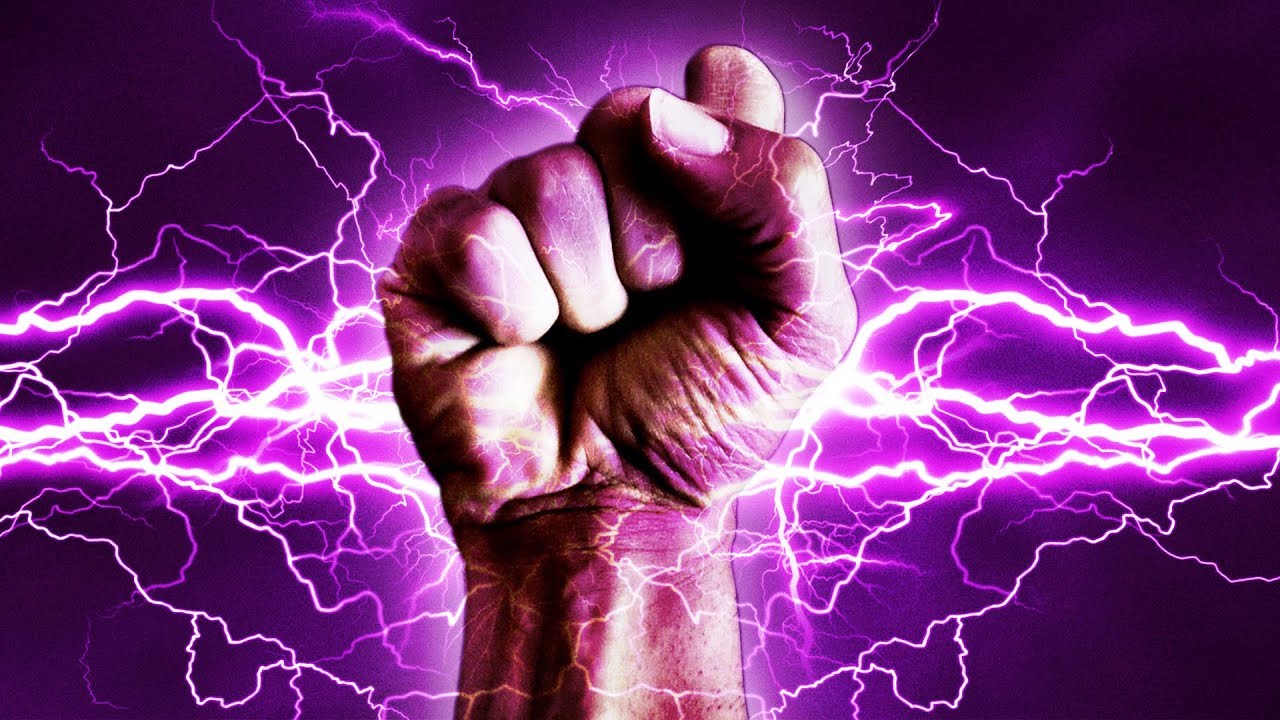
Top 5 Things To Know About Migraines
Not sure if you are suffering from a “simple headache” or a migraine? Do not hesitate to go to a pharmacy to receive more information (leaflets, migraine journal) about migraine. In addition, you can take a short ‘migraine test’. Headaches are one of the main causes of medical consultations. So, without further ado, let’s dive into this blog and learn some of the things you should know about managing headaches.
1. Every headache can be different

According to experts, there are more than 300 different types of headaches that can be classified into 3 categories: tension headache, migraine, and cluster headache. These headaches can appear suddenly or gradually. To choose the right treatment, it is essential to identify which type of headache it is:
- Tension headache is the most common type of headache. It affects almost 60% of the population. It is recognized by pain in the frontal region as if the two sides of the head were squeezed together in a vice.
- Migraine is also quite common, affecting 36 million Americans, or just over 10% of the population. It is characterized by the onset of nausea and vomiting that accompanies the pain.
- A cluster headache is a particularly painful headache. It affects 100,000 Americans. The pain is particularly intense. It appears in clusters on the head, most often in front of one eye, with the appearance of redness or the flow of tears.
The causes of headaches can be a disease such as brain cancer, but most often, it is the manifestation of many other diseases, including infectious diseases and trauma.
2. Headache is often misdiagnosed
Misdiagnosis is often due to doctors’ lack of (continuing) education on the many causes of headaches, as noted by the American referral hospital NYU Langone. It is not always easy to differentiate between headaches; for example, a doctor may mistake a hemicrania continua (a rare headache that appears on one side and persists for months) for a migraine.
If your headache persists, consult a headache doctor, such as a neurologist. The exact cause of migraine is not yet known. However, there are triggers. Examples of triggers are:
- Stress (overwork, many problems, fatigue, a stressful routine, etc.)
- Certain foods, such as chocolate, alcohol (red and white wine), aged cheese, etc.
- Environmental factors (flickering light, changes in air pressure, temperature changes, strong smell, etc.)
3. Children can suffer from headaches too

Children can suffer from headaches, including migraines. Sometimes the pediatrician may think that only infectious diseases such as the flu are the cause. However, this is not always the case, and the people around them should take these pains into account.
4. Taking medication does not always solve headaches
For each type of headache, a certain therapy should be preferred. For example, in the case of migraines, preventive therapies (e.g., triptans) can reduce attacks. However, regular physical exercise, good sleep, and the avoidance of migraine triggers such as caffeine or alcohol are also important. In general, it is advisable to rest, drink regularly, and not stay in front of a screen for too long to prevent a headache. Discover all our tips for preventing and treating migraines
5. Except in exceptional cases, avoid going to the emergency room for a headache

If the headache persists for a long time or if you suspect an illness, it is best to consult a doctor. However, avoid the emergency room, except in exceptional cases, especially for migraine, as it is not a suitable place, often with bright lights and noise. The following tips will help you relieve a migraine attack:
- Isolate yourself in a quiet, dark room
- Your pharmacist can recommend a painkiller. Use it preferably when the first signs of an attack appear.
- If the painkiller is not enough, see your doctor before taking other medicines, which are only available on prescription.
Sound off in the comments section below, and tell us what you want to read next and if you want to read more about migraines.
You May Also Like

Antibodies: Definition, Uses, and Mode of Action
2021-12-29
Real-Life X-Men: Genetic Mutations That Give You ‘Superpowers’
2022-12-28


2 Comments
Pingback:
Pingback: